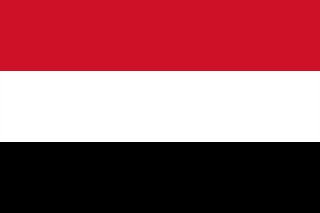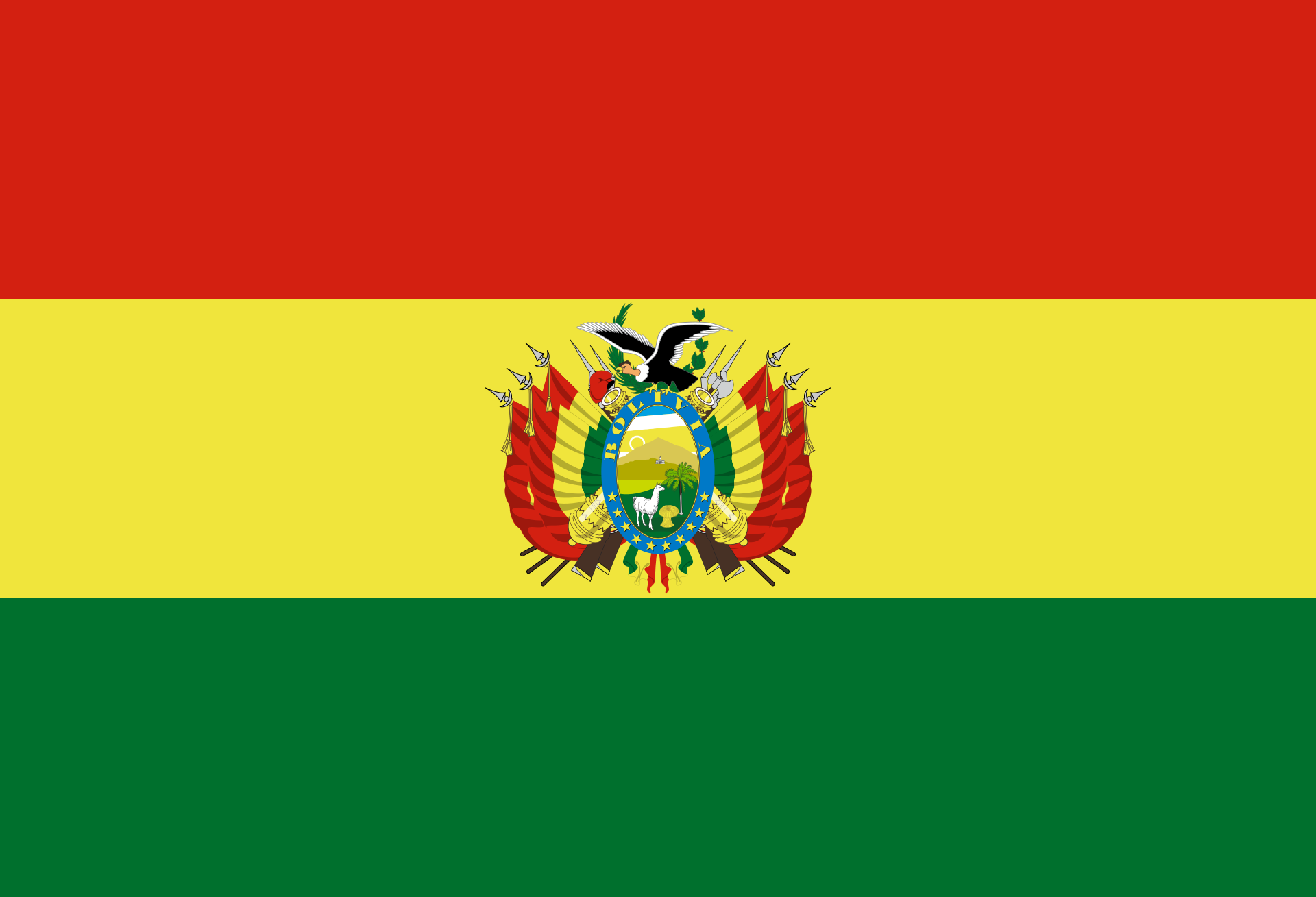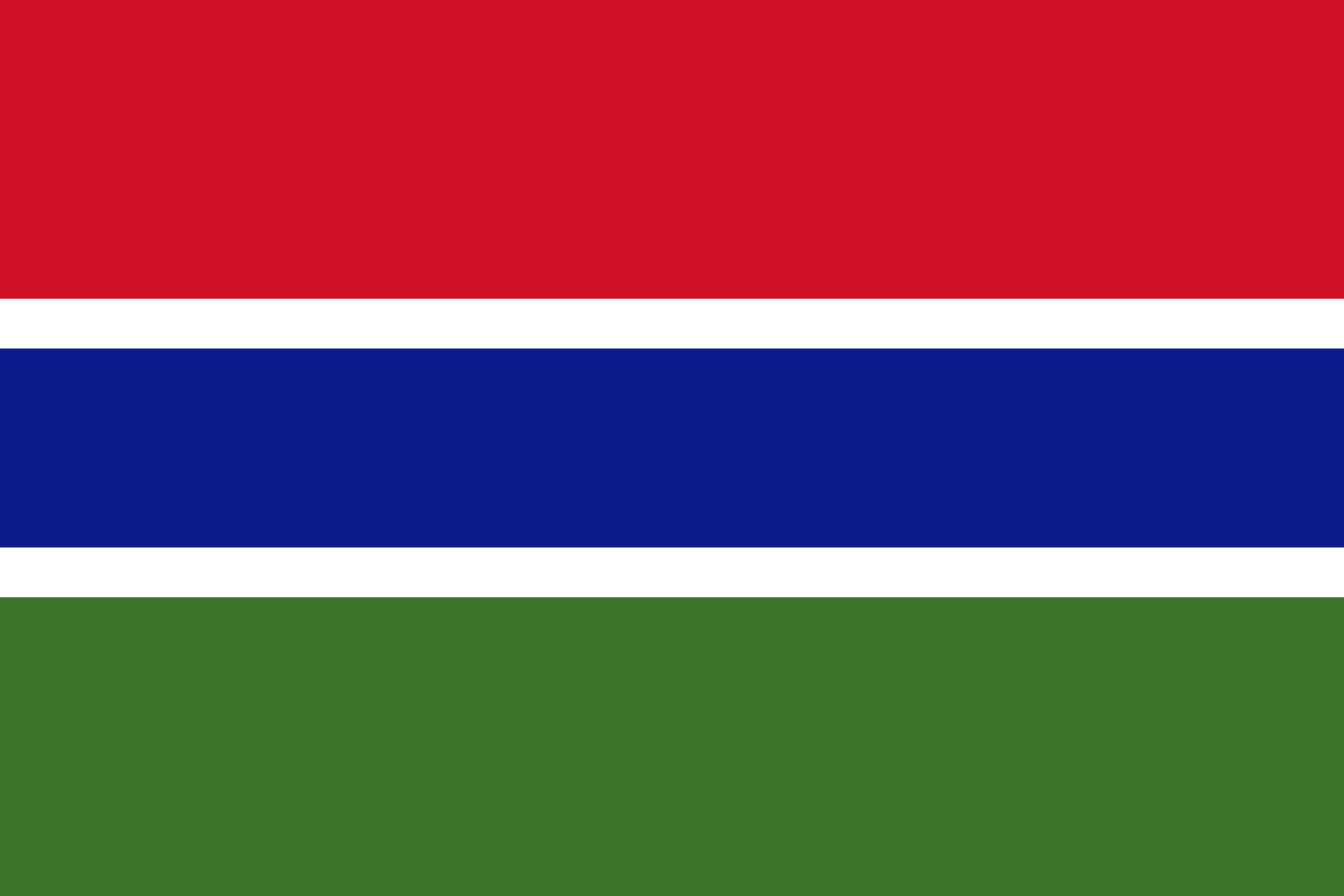Population
30,491,000
Last updated:
1 NovArea
555,000 km2
Last updated:
1 NovCurrency
Yemeni rial (YER)
Last updated:
1 NovOfficial Language
Arabic
Last updated:
1 NovPhone code number
+967
Last updated:
1 NovInternet TLD
.ye
Last updated:
1 NovAverage monthly salary
320 $
Last updated:
1 NovTotal millionaires
1,030 persons
Last updated:
1 NovTotal billionaires
0 persons
Last updated:
1 NovMilitary power
Passport rank
112
Last updated:
1 NovVisa free
33 country
Last updated:
1 NovReligions in Yemen
99% Islam
1% includes Christians, Hinduism, and others
Info about Yemen (History)
Yemen is a state in Western Asia, at the southern tip of the Arabian Peninsula. It borders Saudi Arabia to the north and Oman to the northeast, and shares maritime borders with Eritrea, Djibouti and Somalia. It is the second largest Arab sovereign state on the peninsula, covering 555,000 square kilometers (214,000 square miles). The coastline stretches for about 2,000 kilometers (1,200 miles). Yemen's constitutionally declared capital and largest city is Sana'a, but the city has been under the control of the Houthi rebels since February 2015, as is Aden, which has also been controlled by the Southern Transitional Council since 2018. Its executive administration is in Riyadh. , Saudi Arabia.
In ancient times, Yemen was the home of the Sabaeans, a trading state that included parts of present-day Ethiopia and Eritrea. Later, in 275 CE, the Himyarite kingdom was influenced by Judaism. Christianity came in the fourth century. Islam spread rapidly in the seventh century, and Yemeni troops played a decisive role in the early Islamic conquests. In the 9-16 centuries, several dynasties arose, for example the Rasulid dynasty. The country was divided between the Ottoman and British empires in the 1800s. The Kingdom of the Zaydi Mutawakkilites in Yemen was created after the First World War before the establishment of the Yemen Arab Republic in 1962. South Yemen remained under the British protectorate as a protectorate of Aden until 1967, when it became an independent state, and then a Marxist-Leninist state. The two Yemeni states merged into the modern Republic of Yemen (al-Jumhuriya al-Yamaniya) in 1990. President Ali Abdullah Saleh was the first president of the new republic until his resignation in 2012 following the Arab Spring.
Yemen has been in a political crisis since 2011, starting with street protests against poverty, unemployment, corruption and President Saleh's plan to amend Yemen's constitution and remove the presidential term limit. President Saleh resigned and the presidency was transferred to Abdrabbu Mansur Hadi. Since then, there has been a civil war in the country (along with military intervention under the leadership of Saudi Arabia aimed at rebuilding the Hadi government) with several proto-state entities claiming to rule Yemen: the Yemeni Cabinet, the Supreme Political Council, and the Southern Transitional Council. ... Since January 2016, armed violence in Yemen has killed at least 56,000 civilians and combatants. The war led to famine, which affected 17 million people. The lack of safe drinking water, caused by the depletion of aquifers and the destruction of the country's water infrastructure, also caused the largest and fastest growing cholera outbreak in modern history, with more than 994 suspected cases.More than 2,226 people have died since then. the outbreak began to spread rapidly at the end of April 2017. The ongoing humanitarian crisis and conflict has received widespread criticism for dramatically aggravating the humanitarian situation in Yemen, which has reached the level of "humanitarian catastrophe" by some, and even called it genocide by some. This worsened the already poor human rights situation in the country.
Yemen is a member of the League of Arab States, the United Nations, the Non-Aligned Movement and the Organization of Islamic Cooperation. It belongs to the group of least developed countries, referring to the many “major structural barriers to sustainable development”. In 2019, the UN reported that Yemen is the country with the largest number of people in need of humanitarian assistance, with about 24 million, or 85% of its population. As of 2020, the country ranks first in the State Vulnerability Index, the second worst in the Global Hunger Index, behind only the Central African Republic, and has the lowest human development index of any non-African country.
Important information about Yemen
1- What is the population of Yemen?
answer: The total population of Yemen is 30,491,000 in 2021.
2- Who is the president of Yemen?
answer: Abdrabbuh Mansur is the current president of Yemen.
3- What is the area of Yemen?
answer: The total area of Yemen is 555,000 km2 .
4- What is the official language of Yemen?
answer: The official language of Yemen is Arabic .
5- What is the currency of Yemen?
answer: The currency of Yemen is Yemeni rial (YER) .
6- How much is the average salary in Yemen?
answer: The average salary in Yemen is 320$ in 2021.
7- What is the passport rank of Yemen?
answer: The passport rank of Yemen is 112 in 2021.
8- How many countries we can travel with passport of Yemen without visa?
answer: You can travel to 33 countries with passport of Yemen .
9- What is the phone number code of Yemen?
answer: The phone number code of Yemen is +967 .
10- What is internet TLD of Yemen?
answer: The internet TLD of Yemen is .ye
11- How many billionaires are in Yemen?
answer: The total number of billionaires in Yemen is " 0 person" in 2021.
12- How many millionaires are in Yemen?
answer: The total number of millionaires in Yemen is " 1,030 person" in 2021.





